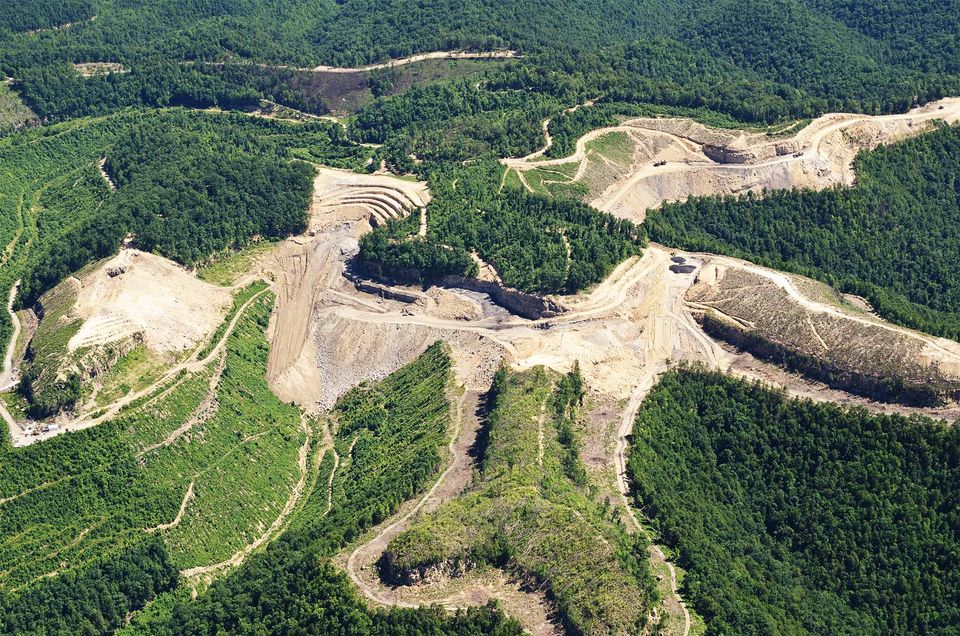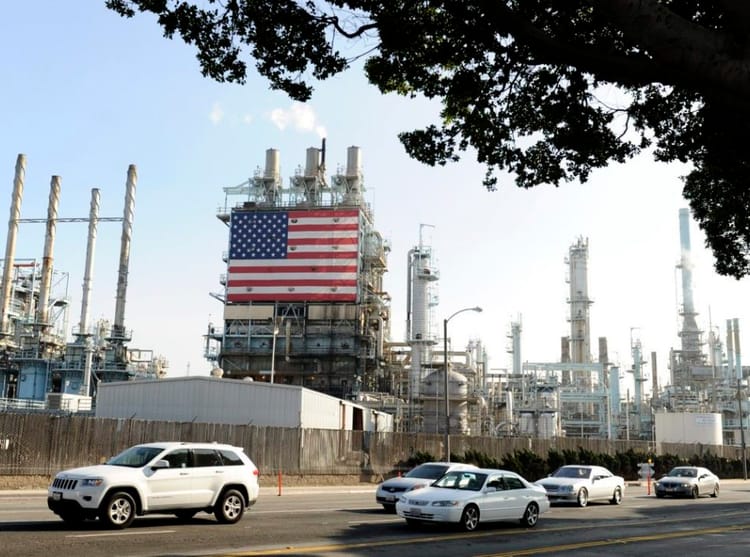Damages: Supreme Negligence

Last week, the U.S. Supreme Court preemptively ruled that the Biden administration can’t enact the Clean Power Plan—or anything else that would force a shift to lower-emission energy sources—without approval from Congress.
You read that correctly: preemptively ruled.
The case the court chose to hear, West Virginia v. Environmental Protection Agency (EPA), involved a policy that had not been implemented, nor replaced with anything similar. But just in case the administration was even thinking about it, the Supreme Court decided to weigh in. It’s an unprecedented move, and one that restricts the federal agency tasked with environmental protection from following science. That fact was further underscored in Justice Kagan’s dissent, which took the case out of the weeds of the particular Clean Air Act section in question and placed it back into reality: the science is unambiguous on climate, and the impacts will be unprecedented, surely now is not the time to quibble about whether “clean air” explicitly means maintaining a livable atmosphere?
While nowhere near as sweeping and terrible a ruling some of us were bracing for, the decision—written for the 6-3 majority by Chief Justice John Roberts—is still deeply troubling.
First, the “good” news: It does not restrict the EPA from regulating greenhouse gas emissions in general. Nor does it restrict the EPA from regulating the emissions of existing power plants. It does not offer a broad advisory on how the Clean Air Act may or may not be used with respect to CO2 emissions (and yes, there are other sections of the Clean Air Act that could apply; more on that in a minute). In one part, Roberts even seems to suggest that the Department of Energy take up the work of shifting power generation, leaving the EPA to handle only emissions.
In general, the ruling focuses rather narrowly on Section 111D of the Clean Air Act, and whether it allows the EPA to regulate beyond the fence line of each individual power plant. Roberts also called out the Clean Power Plan as an attempt to create a cap-and-trade system for carbon without Congress explicitly authorizing such a thing.
While a lot of folks in the climate space expected this case to overturn the Massachusetts v EPA verdict, which authorized the EPA to regulate greenhouse gas emissions, Roberts never mentions it. Instead, though, he references something more chilling: “Under our precedents, this is a major questions case.”
If you’re unfamiliar, ‘major questions’ refers to a completely judge-created doctrine that allows Supreme Court justices to weigh in whenever they feel a regulatory agency has done something that has an “extraordinary” impact on economics or politics. It’s the reverse of the “Chevron deference,” another phrase that came up a lot in discussion of this case, which holds that in absence of explicit direction from Congress on how a regulatory agency should interpret and implement a given law, it’s up to the agency’s discretion and the court should not impose its own interpretation. Despite the conservative justices supposed allegiance to a “textual” or “originalist” view of the Constitution, their use of “major questions” has zero roots in precedence, history, or the Constitution itself. It’s a relatively modern creation that the conservative bench has suddenly been referencing a lot as an excuse to weigh in on virtually anything (in this session alone, they used it to strike down vaccine mandates, eviction moratoriums, and now emissions regulations).
What the reference here makes very clear is that the justices plan to keep invoking “major questions” doctrine in their effort to dismantle the “administrative state,” which includes every federal agency that drafts and enforces regulations based on laws passed by Congress. The idea from hardcore federalists is that you don’t need agencies when you have state governments ready and willing to interpret and enforce Congress’s will. In fact, pushing all these regulations on to the states is a disastrous approach for most environmental issues: what happens when a power plant in one state dumps coal ash into a water source that’s then carried to another state, for example? Pollution doesn’t observe borders. And while some state and local governments have been major leaders on climate policy, that progress has often been enabled, incentivized, and guided by federal policy.
So, where does this leave us?
The West Virginia v EPA ruling is about the least-bad ruling we could have expected, but it’s a harbinger of worse to come, especially once the court sinks its teeth into a case without all the bizarre twists and turns of this one. A case focused on the Clean Water Act is coming up next session, for example. It’s also important to note that West Virginia v EPA didn’t come from some poor, cash-strapped coal producer who was worried about how the Clean Power Plan would affect their business. It was a case crafted very strategically by the Republican Attorneys General Association. At the time that the case was filed, Scott Pruitt was Attorney General of Oklahoma and led RAGA. He met with failing coal producers in early 2015, then helped coordinate and file the case in November 2015, right around the time those very same coal producers made large contributions to the RAGA coffers. Then, as Trump’s EPA head, Pruitt drafted a proposal in early 2017 to repeal the Clean Power Plan. In that proposal, he introduced the idea that the Clean Power Plan represented a “major question” that ought to be answered by Congress, not a regulatory agency. It’s the very same argument Chief Justice Roberts repeated this week in his defense of the court taking up this case.
RAGA is behind a significant number of the constitutional challenges currently before the court, including the one that took down Roe. Funded by various industries that AGs are supposed to, you know, regulate—including the fossil fuel industry—they look for ways to file cases that will help restructure the government in a way that benefits corporations.
Until the court does its worst, the EPA still has some options. Even within the Clean Air Act itself, for example, Section 115 requires EPA to regulate international air pollutants upon receipt of “reports, surveys or studies” from an international agency that indicate that air pollutants emitted in the U.S. could “reasonably be anticipated to endanger public health or welfare in a foreign country.” The Intergovernmental Panel on Climate Change (IPCC) reports and their increasingly urgent warnings would certainly seem to qualify.
Outside the Clean Air Act, the Toxic Substances Control Act also provides some options, as I've covered before. Roberts wrote in his West Virginia v EPA opinion that the EPA is no expert on energy production, and this its oversight of the power sector should be limited. It is the government’s expert on chemicals though, and greenhouse gasses could certainly be considered toxic substances. A petition filed with the EPA earlier this month asked the agency to make a determination about the risk greenhouse gasses pose to human health and the environment, and then to commence rulemaking to mitigate that risk. Unlike the Clean Air Act, TSCA includes very explicit language about the authority it grants to the EPA, and could even get around this thorny “major questions” issue given its explicit language around the agency ignoring political or economic impacts when rulemaking.
"This sort of problem is exactly the thing TSCA was designed for," explained former EPA scientist Donn Viviani, one of the recent petitioners. (The others include climate scientist Dr. James Hansen, and climate accountability expert Richard Heede.) "Congress knew that there were problems out there that a single program couldn't handle and that we needed something more expansive. It was designed to take care of things that the other laws weren't properly taking care of. And if you look back at the history of climate, it's quite clear that none of the other laws are taking care of this.”
The ruling also removes any doubt who we’re dealing with; it confirms that this court will absolutely try to kneecap attempts to address climate change. Which doesn’t mean that we throw up our hands in despair so much as that we prepare for the literal fight of our lives. If you need to despair for a bit, take that time, but please, come back ready to fight —and organize and vote this November. Because actually the easiest way to curb SCOTUS’s power is a Congress that will pass climate legislation.
This post is co-published with Patagonia, and thus free for all. We appreciate their support!





